In service with RNlNAS and 320 squadron RAF.
In service with 320 squadron RAF.
In May 1940 several Dutch military of mainly the Dutch navy managed to escape to England.
Also several aircraft were flown to England, also a number of Fokker T.VIIIw, torpedo bombers.
With these Fokkers an all Dutch 1e escadrille was raised, equipped with these Fokker T.VIIIw, later also a 2e escadrille was raised and equipped with AVRO Ansons
Mk. I. In August 1940 the designation of both units was change to 320 (Dutch) and 321 (Dutch) squadron.
Early 1941 321 squadron was dismissed because of lack of personnel. All its personnel and equipment was handed over to 320 squadron, since August 1940 also equipped with the AVRO Anson I.
During 1941 the faithful Anny was replaced with the more powerful and better suited Lockheed Hudson, in fact a militarized and modified Lockheed 14 Super Electra originating form 1937.
Early 1943 this type was replaced with the North American B-25 Mitchell medium bomber.
At the end of 1942 320 squadron was reduced in strength, due to losses of both material and personnel, in such a way that in fact it could not exist any longer as an overall Dutch squadron. Also the Lockheed Hudsons were to be moved to Africa. At the RNMFS in the US training of Dutch personnel had started. so soon the first new crews were to be expected.
Squadron 320 should receive eight year old Whitleys, modified for ASW mission.
The Dutch Naval headquarters didn't agree with this decision and was looking for an alternate equipment of the squadron. At first was looked at the possibilities of the Dutch order for 48 Douglas DB-7C torpedo-bombers. Six were already delivered, but not used because of the capitulation of the Dutch East Indies. The remaining 42 aircraft could be used to equip 320 squadron.
because of problems with the production of Bostons and Havocs was rather low, so the delivery of the Dutch Bostons was delayed by the US MAB (Munitions Assignment Board), mainly because of the introduction of improved version of this type. Another disadvantage was RAF Coastal Command didn't use US torpedoe-bombers, but had standardized on British built torpedoe-bombers. RAF Bomber Command however did use the Douglas Boston as a bomber.
Bomber Command was to extended with new squadrons, which would be equipped with the B-25 Mitchell medium bomber.
Autumn 1942 this became evident to the Dutch naval headquarters, so it was decided to equip 320 squadron with Mitchells from the Dutch order of 162 aircraft, just as no 18 squadron NEIAF.
The MAB permitted this order, after it was agreed that the order for the DB-7C would be cancelled. The Mitchells could be delivered from March1943 and on and would be built according the RAF specifications.
This decision was the reason to move the squadron from Coastal Command to no. 2 Group Bomber Command. One squadron of Bomber Command was, as an exchange, move to Coastal Command.
At the end of march 1943 320 squadron was tranaferred from RAF Station Methwood, where the training and conversion already started, to RAF Station Attlebridge .
March 17, 1943 the first Mitchells FR143 and FR149 arrived, soon followed by Mitchells FR144 and FR147.
Mitchells FR143/A and FR144/B were used for training, Mitchell FR149/D and FR144 could vbe used for solo flights.
At the end of 1943 the squadron became part of the newly formed 2nd TAF, part of the 8th Air Force.
For a more detailed story about 320 squadron I kindly refer to the book of Gerben Tornij and especially Nico Geldhof.
Many of the B-25C-10 Mitchells received a modification of the engine cowling and exhausts spring 1944. Referring the photos the original single exhaust was replace with with later used smaller exhaust per cylinder, just as the B-25J Mitchell.

[Enclosed photo from BeeldBank NIMH. Click on photo for ordering information]
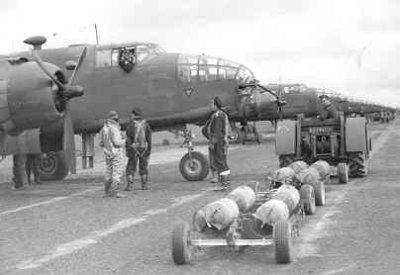
[Enclosed photo from BeeldBank NIMH. Click on photo for ordering information]

[Enclosed photo from BeeldBank NIMH. Click on photo for ordering information]

[Enclosed photo from BeeldBank NIMH. Click on photo for ordering information]

[Enclosed photo from BeeldBank NIMH. Click on photo for ordering information]
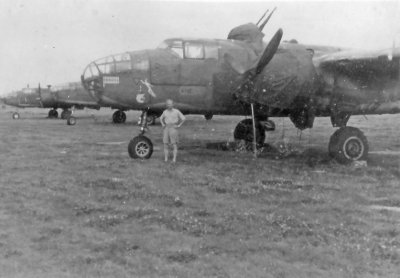
[Enclosed photo from BeeldBank NIMH. Click on photo for ordering information]

[Enclosed photo from BeeldBank NIMH. Click on photo for ordering information]
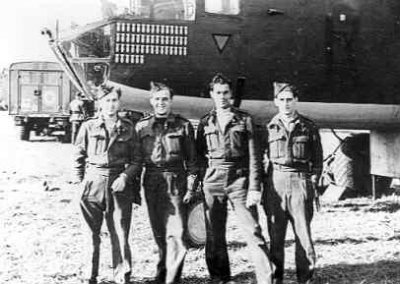
[Enclosed photo from BeeldBank NIMH. Click on photo for ordering information]
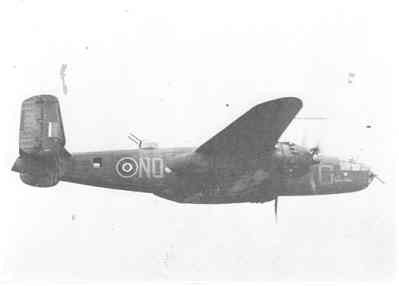
[Enclosed photo from BeeldBank NIMH. Click on photo for ordering information]

[Enclosed photo from BeeldBank NIMH. Click on photo for ordering information]

[Enclosed photo from BeeldBank NIMH. Click on photo for ordering information]

[Enclosed photo from BeeldBank NIMH. Click on photo for ordering information]
In service with RNlNAS.
At the end of 1945 several B-25C/D Mitchells were bought from RAf surplus in order to equip the RNlNAS. Seven examples were destined to be scrapped for spare parts. During the period 1947 – 1949 another eleven examples were scrapped for the same reasons.

[Enclosed photo from BeeldBank NIMH. Click on photo for ordering information]
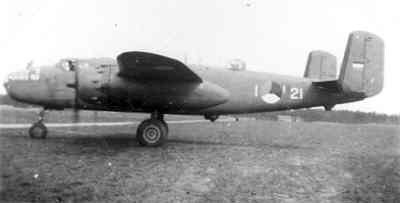
[Enclosed photo from BeeldBank NIMH. Click on photo for ordering information]
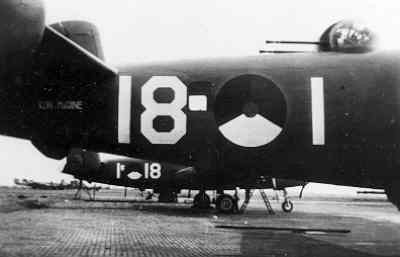
[Enclosed photo from BeeldBank NIMH. Click on photo for ordering information]
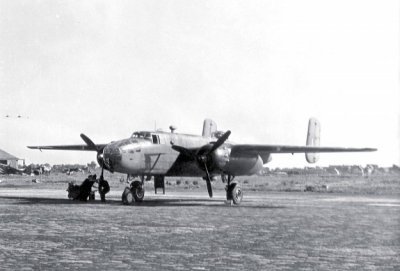
[Enclosed photo from BeeldBank NIMH. Click on photo for ordering information]
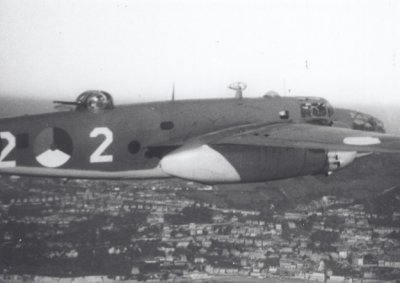
[Enclosed photo from BeeldBank NIMH. Click on photo for ordering information]
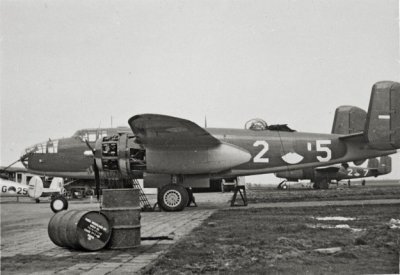
[Enclosed photo from BeeldBank NIMH. Click on photo for ordering information]
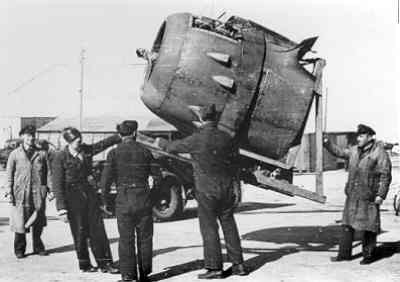

 Nederlands (nl-NL)
Nederlands (nl-NL)  English (United Kingdom)
English (United Kingdom)